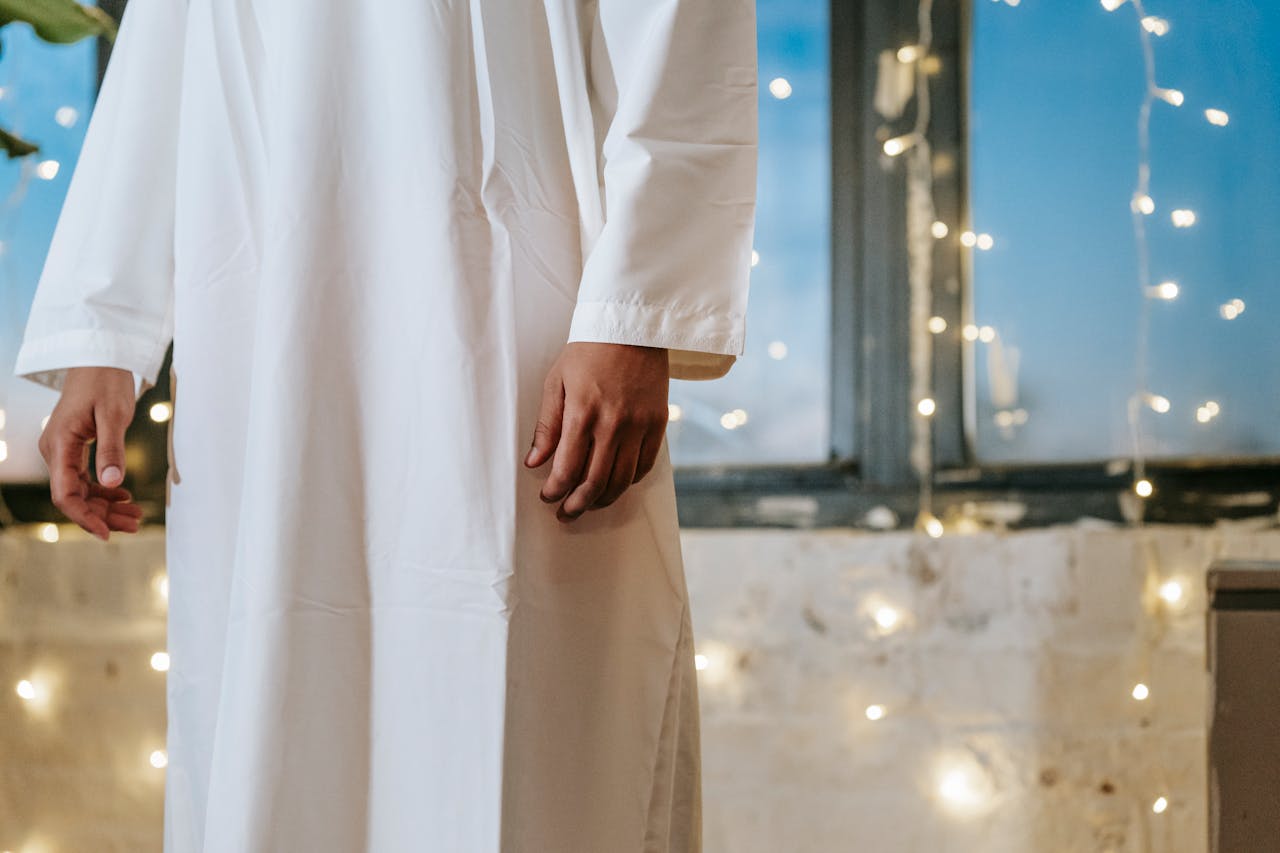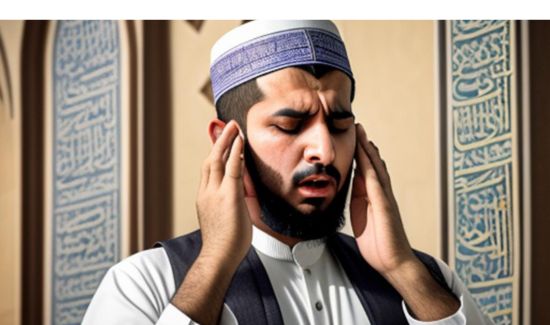13 Essentials of Salah Every Muslim Must Know
Salah, the second pillar of Islam, is not just a ritual but an act of worship that connects Muslims to their Creator. It is the heartbeat of a Muslim’s daily life, a practice that brings peace, discipline, and spiritual growth. Understanding the essentials of Salah is fundamental for every Muslim to ensure that their prayers are accepted and make a connection with Allah. This blog post outlines the 13 essential elements of Salah (prayer) as per the Hanafi school of thought, offering a clear guide to performing this fundamental act of worship correctly. Also read, a step-by-step guide to pray salah. May your efforts in perfecting your Salah be rewarded.
The Essentials of Salah
The essentials of Salah are categorized into 7 conditions of salah also known as pre-conditions of salah and 6 pillars of salah. These 13 essentials are obligatory acts of salah. If you forget or miss any one of these essentials of salah unintentionally, you have to revise your salah.
7 Conditions of Salah
There are 7 conditions of prayer. These are external or pre conditions of salah. Every Muslim must memorize these conditions as missing any one of these invalidates the salah.

1. Purity of the Place
The place where you perform Salah must be clean and free from any impurities (najasat). This includes the ground, the prayer mat, and the surrounding area. Ensuring the purity of the place is the first step towards a valid prayer. Always check the purity of place before beginning your Salah.
2. Purity of the Body
Before engaging in Salah, a Muslim must be in a state of physical purity. This involves performing wudu (ablution) to cleanse oneself from minor impurities. In cases of major impurities, ghusl (full-body purification) is required. Purity of the body symbolizes spiritual cleanliness and readiness to stand before Allah.
3. Purity of the Cloth
The clothing worn during Salah must also be free from impurities. This includes checking for any impurity on your clothes and ensuring they are clean. The purity of your clothing represents respect and reverence for the act of worship you are about to perform.
4. Covering the Private Parts (Awrah)
Both men and women must cover their awrah/satr during Salah. For men, this means covering from the navel to the knees. For women, it involves covering the entire body except for the face, hands, and feet. Proper coverage is one of the essentials of prayer.
The prayer is invalid if the ‘awrah of a person in a wide-opening chemise can be seen from above when bowing, prostrating, or at other times during the prayer. It is best for him to fasten the opening, tie something around his middle, or place something over the opening that fastens on his shoulders, etc. [Rawdat at-Taalibeen: 1/284]
5. Facing the Qibla
Facing the Kaaba, known as the Qibla, is a fundamental requirement for Salah. Regardless of where you are in the world, Muslims must orient themselves towards the Qibla. This unified direction symbolizes the unity of the Muslim Ummah and obedience to Allah.
6. Having Time
Each of the five daily prayers has a specific time frame within which it must be performed. Knowing and adhering to these times is crucial for a valid Salah. Missing the prescribed time without a valid reason can invalidate the prayer.
7. Making Intention (Niyyah)
Before starting Salah, making a sincere intention (niyyah) in your heart for the specific prayer you are about to perform is essential. The intention should be made with full consciousness and sincerity, as it reflects the purpose and devotion behind the act of worship.
6 Pillars of Salah
There are 6 pillars of prayer. These are also known as internal conditions of prayer. Missing any one of these also invalidates the salah.

1. Takbir e Ihram (The Opening Takbir)
The prayer begins with the declaration “Allahu Akbar,” signaling the start of Salah. This opening takbir (takbir e ihram) is a crucial pillar, marking the transition from the ordinary to the sacred.
2. Qiyam (Standing)
During Qiyam, the worshiper stands upright while reciting verses from the Quran. This position signifies humility and submission to Allah. The Qiyam includes the recitation of Surah Al-Fatiha and another Surah or verses from the Quran. It is also one of the obligatory pillars of salah.
3. Qar’at (Recitation)
Qar’at refers to the recitation of the Quran during Salah. Reciting with proper pronunciation and understanding the meaning enhances the spiritual experience. This pillar of salah emphasizes the importance of connecting with the words of Allah.
4. Ruku (Bowing)
In Ruku, the worshiper bows down, placing hands on the knees and keeping the back straight. This act of bowing symbolizes submission and reverence is also an obligatory act.
5. Sujud (Prostration)
Sujud involves prostrating with the forehead, nose, palms, knees, and toes touching the ground. It is the most humbling position, expressing total submission to Allah.
6. Sitting the Amount of Tashahhud in the Last Qa’adah
In the final sitting (Qa’adah), the worshiper recites the Tashahhud and sends blessings upon the Prophet Muhammad. This position marks the conclusion of the prayer, offering a moment of reflection and supplication before ending the Salah.
Skipping The Essentials of Salah
Skipping any one of the conditions and pillars of salah is considered a major mistake and invalidates the prayer. These essentials of salah are integral to the validity of Salah. If any part is omitted or not performed correctly, compromises the entire act of worship. Understanding and adhering to these essentials ensures that your Salah is accepted by Allah. If you missed or forgot to perform any one of these you have to revise your salah.
Delaying The Essentials of Salah
Delaying any one the the essentials of salah is considered a minor error. If you are delayed in performing any one of these essentials of salah unintentionally, Sajdah Sahw corrects this error. It involves performing two extra prostrations at the end of Salah before concluding with Tasleem. Sajdah Sahw refers to the prostrations of forgetfulness, performed to compensate for minor mistakes made during Salah not for the major mistakes.
Conclusion
Mastering the art of Salah is a lifelong journey that requires dedication, understanding, and sincerity. By adhering to the essentials of salah, maintaining focus, and continuously seeking knowledge, you can enhance your prayer experience and strengthen your connection with Allah.
Whether you’re new to practicing Salah or looking to deepen your understanding, every step you take toward perfecting your prayer is a step closer to spiritual growth and fulfillment. If you’re eager to learn more or need personalized guidance, consider joining a community class or consulting a knowledgeable mentor.
Remember, Salah is not just a routine but a profound act of worship that brings immense peace and blessings into your life. May your efforts in perfecting your Salah be rewarded, and may you find tranquility and closeness to Allah through your prayers.









